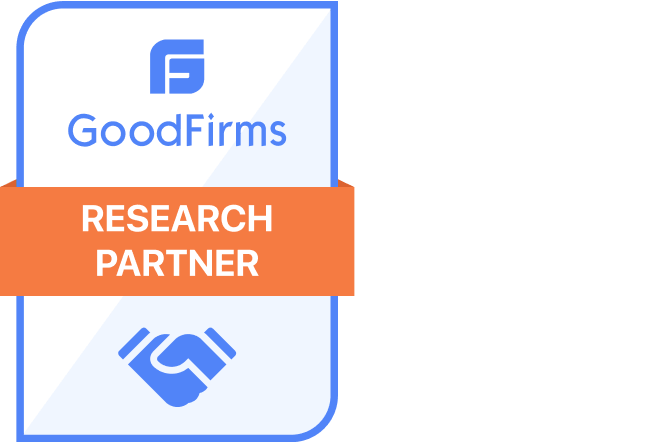Decades ago, when marketers wanted to reach new customers, they had limited options. Traditional marketing methods such as print ads, television commercials, and radio spots were used without any real way of measuring their effectiveness. It was impossible to accurately gauge the impact of such channels on customer growth or loyalty. Fast forward to today, and many things have changed—data-driven marketing now allows businesses to track performance in real time, optimize campaigns based on data, and make smarter decisions that directly impact growth.
Data-driven marketing (DDM) is an approach to marketing that focuses on leveraging quantitative analysis and predictive models to improve customer acquisition, customer retention, customer engagement, and other relevant KPIs of any given business’s digital or offline presence.
This article will provide an overview of DDM and explore how analytical insights can be applied in order to maximize results from every dollar spent on marketing efforts.
What Insights Analytics Can Give You
- Who are customers shopping for
- What products and services they’re interested in
- Where customers are located geographically
- When and how often they use the service or purchase a product
- How long it takes them to complete a purchase
This allows for more effective decision-making regarding budget allocation or optimization of individual channels and informs each step of the marketing funnel from initiatives designed for acquisition through retention activities such as upselling or loyalty programs.
At the same time, analytics helps marketers measure multiple aspects of their online presence, including website user experience (UX), text copy performance, headlines effectiveness, as well as KPI metrics such as click-through rates (CTR), website conversions such as page views or average time on page.
Benefits of Leveraging Analytics for Growth
Imagine not using traditional methods like focus groups or surveys. Instead, by embracing analytics, businesses can leverage their existing customer base to gain better insights and tailor campaigns to maximize growth. This shift toward metrics-driven marketing empowers companies to make informed decisions based on real-time behavior and measurable outcomes. To gain more insight, here are some of the many benefits that businesses can leverage when using data-driven marketing:
- Cost savings: Understanding customer data allows businesses to optimize efforts to ensure the most cost-effective strategy execution. For instance, by targeting customers with more personalized e-mails, many companies have seen an increase in open rates, reducing customer acquisition costs.
- Data visualization: Analytics makes it easier to visualize and understand data patterns, which can help identify unusual behavior. It also helps spot correlations across different channels or activities before making data-driven decisions for future campaigns.
- Brand reputation management: Marketers can stay ahead of potential issues by closely monitoring how people respond to products/services and identifying areas where improvements should be made, a process known today as reputation management.
- Efficient decision-making: Data-driven tactics allow companies to quickly deploy marketing strategies without wasting time on trial and error. This means they can focus their energy on the tasks that truly matter, streamlining processes and driving growth.
It also increases engagement with existing customers and helps acquire new ones since campaigns are designed based on customer insights rather than guesswork.
Examples of Data-Driven Marketing Strategies
Below are some of the most popular examples and data-driven techniques used by marketers today:
Personalized Ads
Access to customer preferences, places they have visited, actions they take on a website, or items in their shopping cart makes it possible to tailor ad campaigns toward those groups for more effective personalization.
Leveraging analytics here ensures customers only receive ads that speak directly to them rather than blanketing everyone with the same generic message, which often results in ineffective messaging.
A/B Testing
Also known as split testing, this process requires two versions of any campaign or piece of content (A and B) to be run simultaneously, each targeted towards different audiences.
You then assess and measure which performs best to learn what resonates with your target group before rolling out the winner across larger segments audience.
Optimization of Overall Content
Analyzing visitors’ behavior on written blog posts can help determine things like:
- How many people read the entire post
- When they left
- Call to action effectiveness
Learning whether a section was sufficiently persuasive when prompting readers to take action, such as opting into newsletters or purchasing items from a store, can hone future efforts.
Segmentation
Analytics makes it possible for marketers to split customers into narrower segments based on demographic (age, education, etc.), behavioral characteristics (frequency of visits or engagement on campaigns), or other parameters such as location, which can come in handy when targeting local customers with special offers for instance.
Tools to Leverage Data-Driven Marketing
Aside from the traditional combination of established tools such as emails and push notifications, here are some modern technologies that should be included in every data-driven marketing effort:
Here are some popular ones:
Google Analytics
This is the most ubiquitous tool used by digital marketers, allowing businesses to track website interaction, create goals, and run A/B tests, amongst other functions.
Optimizely & Unbounce
These tools offer features to conduct streamlined A/B tests on landing pages and measure performance metrics.
SEMrush & Similar Web
SEMrush and Similar Web are developed for tracking search engine performance and ensuring websites have good rankings using these competitors’ analyses, they identify how they rank against industry standards, thereby indicating which strategies may need refining.
VPNs
These offer an added layer of protection when collecting customer data as any data transferred is encrypted and less vulnerable to potential cyber-attacks than its unsecured counterpart.
VPNs such as NordVPN and ExpressVPN also allow customers to spoof their location and access geo-blocked when traveling abroad, for instance.
Conclusion
Data-driven marketing is quickly becoming preferable for businesses, particularly those operating in highly competitive digital landscapes or needing to maximize a limited budget while managing multiple campaigns simultaneously.
By leveraging analytics, marketers can gain insights that enable more tailored and effective campaigns—improving targeting options and measuring results in real-time —leading to improved ROI on all initiatives across various channels.
With abundant available tools, marketers have no excuse NOT to use data to create more successful strategies. Businesses must incorporate these tactics into their existing processes to remain competitive in a digital world teeming with customer preferences and information lurking just below the surface, waiting to be explored.








